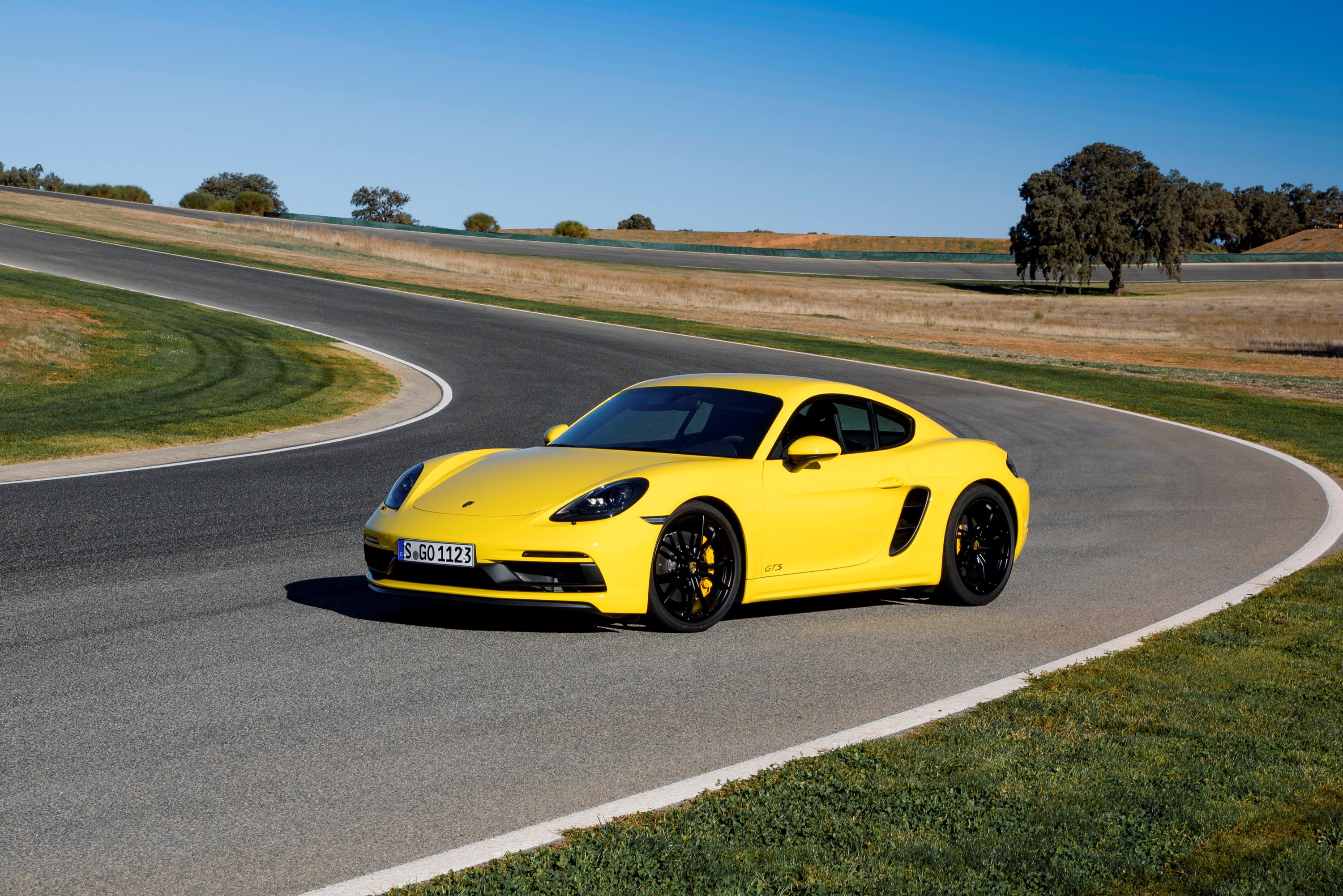
It's refreshing to see how well Alpine is doing in the global market ever since it was revived a few years ago as somewhat of a niche performance arm from Renault. The A110 Sports car has been giving the Porsche 718 Cayman a hard time with its grippy mid-engined chassis and characterful turbocharged four-cylinder, but any self-respecting automaker has to ask, "What's next?"
As is the case with most European manufacturers, the brand has plans to go all-electric with a range of three new cars that we can expect to be revealed to us over the next four years. Included in this will be a conventional sports car set to be built in conjunction with Lotus, as well as a hot hatch presumably set to be based on the upcoming Renault 5 EV, and a crossover. Now, the French automaker wants to leverage its involvement in F1 to ensure these cars meet and exceed the standards set by customers.
In an attempt to extract the most amount of potential from its upcoming cars, the manufacturer will be sourcing technology from its fairly successful Formula One team. Speaking to Autocar, Alpine Formula One technical director Matt Harman explains that this collaboration will not just be a mild transfer of technical knowledge but rather a crucial element of the upcoming product line's design strategy.
"The A522 aerodynamics group at Enstone has just finished a particular project for Alpine road cars, and we're about to embark on another," says Harman. "We're linking those two [groups of] people together, both in physical testing and in computational fluid dynamics. It's a really nice collaboration, and it's good for the aerodynamicists, giving them another angle to look at, freshening their minds. They really enjoy working on those projects, so we will keep them going. In fact, we will probably expand more of our engineering expertise into the road cars."
Alpine CEO Laurent Rossi adds that with the rise of reliance on electrification in Formula 1, this cross-referencing is not only a logical step but also an effective one. The reason why the exchange is much simpler is that F1 battery systems are not as complicated as the sport's internal combustion engines.
Few cars have ever truly converted F1 engineering principles into practice. Mercedes-AMG has been struggling with making the 1.6-liter F1-derived V6 viable for road use, while Aston Martin has had greater success implementing F1 aerodynamics into the Valkyrie hypercar. But when it comes to electricity, the technology is more reliable because there are significantly fewer moving parts. You don't have to change a lot of components before making it suitable for road use.
"It's [about] when you can release electricity that you convert into instant torque," says Rossi, "how much of the battery charge you can recover; and how long you can make it last for range. All of this is the same. We transfer [learnings about] electricity from track to road and from road to track."
Harman supports this by saying, "There's a great deal of transfer, specifically in the motor generators; that's the MGU-K in Formula 1. The development and technology inside those units is improving massively. Also the battery technology and how we manage [the battery] thermally. We would all like to have EVs, but we worry a bit about the range of them generally, and range is only going to improve with that development."
While this all seems promising, Alpine also recently embarked on the journey of hydrogen power with a new concept. The brand could well implement F1 aerodynamics in bringing this concept to life, so hopefully, the partnership between the racing and roadgoing divisions bears fruit in this regard, too.
